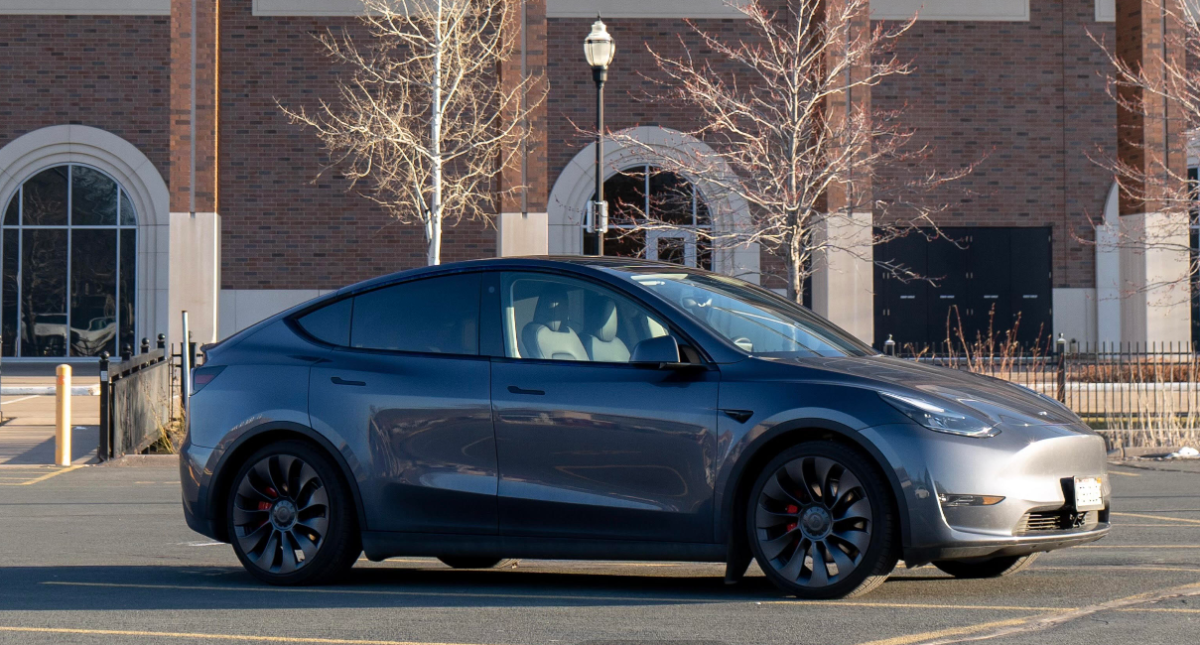The chief antagonists in this fight are the contemporary multifamily apartments that have sprouted up in Minneapolis and other growing cities across the country. Forced to embody gentrification, “neoliberalism” and the perceived decline of American architecture, they have been the sight of many rhetorical battlefields, in community meetings and on Twitter.
A new working paper from Anthony Damiano and Chris Frenier, researchers at the University of Minnesota’s Center for Urban and Regional Affairs, examines the hyperlocal effects of this new wave of multifamily construction. It’s an important study, because it shows the need for a multifaceted approach to make housing affordable, not just one that relies purely on delivering supply.
To give some background, the current approach to housing in Minneapolis and the Twin Cities metro could be summarized as market-based or YIMBY, “an acronym for “yes, in my backyard.” Some journalists have called it a “counter” to the “‘not in my backyard’ mentality” that has led to job and population growth outpacing housing growth in many cities. Damiano and Frenier humorously call this market-based approach “Build Baby Build,” given that you can’t just tell people and companies to stop moving and creating jobs.
The federal government, city government and all other governmental bodies in-between, with the help of nonprofits, build some units every year, but most new construction is built by the private sector. Private developers rent this new construction at the going rate, or “market-rate,” or sell units as condos or single family homes. These developers primarily build market-rate apartments in the urban core and inner suburbs and single family homes in the outer suburbs.
To aid the market, some cities, like Minneapolis, have relaxed zoning laws that regulate what someone can build on the land they own. The city’s 2040 Plan legalized duplex and triplex construction across the city and made it easier to build three-to-six story buildings near transit. This isn’t a bad thing. In Minneapolis, many of the older, beautiful apartments that we love are non-conforming, meaning that the current zoning code says they are too large and illegal. So, the physical form of the neighborhoods we love could never legally be recreated under our current zoning code.
Although the amount of legally affordable housing differs from city to city, every major American city is like this. As our population grows, people need places to live and private developers take on the cost (and profit) of providing it for them. No one builds apartments for free. You wouldn’t throw $1 million down a well. Developers, whether a large corporation or a regular person with some extra cash, build them because they believe they will make money — something that happened in the 1920s (my favorite era of construction), 1960s and now. Some developers do specialize in affordable housing, but their costs are usually financed by federal or state programs.
Unlike some European cities, much of our affordable housing is privately owned. This housing is often called Naturally Occurring Affordable Housing (NOAH). NOAH is often older, lower quality, in a less-ideal location or just not competitively priced. Housing experts often say that this housing has “filtered” down. An extreme example is the Francis Drake Hotel downtown. It was built as luxury housing in 1926, then converted into a low-cost residential hotel in 1997. Last December, a fire made it a total loss, displacing over 200 people of low incomes at a time when most shelters were full.
The government does not spend, or have (particularly in the case of local governments), the money to build the thousands of units that are needed to house people with lower incomes. The market does an “OK” job at it for everyone but the very poor.
It would be my dream for the city to spend a half-billion to build more affordable housing, but that isn’t financially feasible, especially in a 425,000-person city where minor property tax increases are unpopular. Sure, you could tax the rich or corporations, but they would do something they are very good at once the benefits of living in Minneapolis seem to fade: pick up their stuff and move somewhere else, like Edina or Aspen, Colorado. There goes your tax base!
With this background, it’s easy to see how housing is a Rube Goldberg machine. We know the machine isn’t giving us the result we want, but no one can agree what part of the machine to change, how much and why.
To circle back, Damiano and Frenier’s study highlights how the current market-based approach isn’t working the way we think it will. The need for more market-rate housing at a regional level in the Twin Cities is irrefutable, but at the smaller neighborhood level, the economics become dicier. Developers and people who recognize the regional and higher-level need argue that new buildings will help a neighborhood or block. They say that if you approve a project, it will go toward serving the broader goal of more housing supply.
The data that Damiano and Frenier use is high quality, and it looks at rents in buildings within 300 meters of new construction. They find that the effects of new construction “vary meaningfully across housing submarkets.” Their study classified buildings into market tiers based on the building’s quality relative to its zip code. Rents in nearby lower-tier rental units were 6.6% lower than comparison units, while rents in nearby newer buildings were 3.2% lower than comparison units. In other words, Damiano and Frenier see two possible effects at work. For higher-tier rentals, new buildings may add supply and increase competition, pushing down rents in nicer buildings. In contrast, for lower-tier rentals, new buildings serve as a signal to landlords that a neighborhood is improving and that they can increase rents. When these landlords raise rents, affordability can start to disappear in the neighborhoods that need it most.
Again, on the regional or citywide level, increasing the supply and production is an important goal. It increases competition and the quality of housing. In the Twin Cities and metro areas across the country, we do not build housing at the same level we used to. However, as Damiano and Frenier show, the effects of this new housing at the micro-level is not zero for lower income people.
The study does not mention tenant protections, but it highlights the need for more. In the Rube Goldberg machine of housing, increasing supply is not the only tool we can use to keep people in their homes. Other cities, like San Francisco and New York, are far ahead of the Twin Cities in the protections they offer those who rent. That should be the next step.














UMN0001
Nov 16, 2020 at 2:19 pm
Minnesota has some of the most protective laws for renters/tenants in the entire country. What other laws are you referring to….. You don’t see mass evictions during COVID like you do in Texas or other states (until next year when it is under control).
There are hundreds of homeowners whose renters are not paying, but they cannot legally evict them because of COVID. Sad to say it, but there will be a massive change in the future in Minnesota. If the state continues to protect renters in situations like this, you will see increased security deposits, more background checks or needed verifiable renter history and higher rents to manage risk. Therefore, more protective laws may have negative impacts on the average tenant in Minnesota.